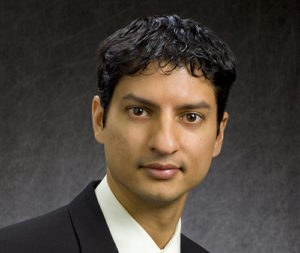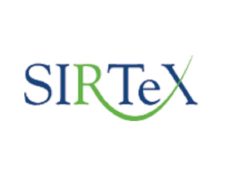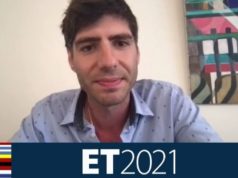
While further refining where radioembolization should optimally lie in current treatment paradigms for the most common liver-confined or liver-dominant cancers is important, a honing of current administration protocols is also possible, writes Suvranu Ganguli, Boston, USA.
Radioembolization using Yttrium-90 (Y-90) microspheres continues to grow in utilisation as a minimally invasive, liver-directed interventional oncology therapy for primary and secondary liver cancers. This steady growth has resulted from a multitude of factors, including increased clinical data and experience within the interventional oncology community, as well as increased awareness among referrers within the oncology community and by patients themselves. However, hurdles to further adoption and utilisation by interventional oncologists and the greater oncology community remain. Aside from further refining where radioembolization should optimally lie in current treatment paradigms for the most common liver-confined or liver-dominant cancers, which will only come with further clinical studies and experience, refinements to current administration protocols are also possible.
The current state for Y-90 administration requires two outpatient procedures, spaced at least one week apart. The first procedure is for pretreatment evaluation and mesenteric mapping in preparation for the Y-90 administration. This diagnostic angiogram maps the hepatic vasculature, determines the vascular treatment distribution, and identifies any possible hepatico-enteric collateral vessels. Embolization of these hepatico-enteric collaterals maybe performed, depending on the treatment distribution. After thoroughly mapping the mesenteric and hepatic vasculature and selecting the vascular treatment distribution for the subsequent Y-90 administration, Technetium-99m macro aggregated albumin (Tc-99m-MAA) is injected with a subsequent nuclear medicine scan. This step is performed to identify and quantify possible extrahepatic deposition, including the percentage that will shunt to the lungs, to minimise the risk of radiation- induced lung disease. The treatment procedure is usually scheduled at least one week after the mapping, to ensure the mapping procedure confirms the patient is still a good candidate with adequate time to cancel the Y-90 dose, if needed.
The current treatment protocol with two procedures over multiple weeks continues to enforce the idea that Y-90 treatments are lengthy, complicated, and costly, both to referrers and patients. Given this perception and with our increased growth, experience and familiarity with Y-90, we introduced a same-day mapping and treatment protocol this year at Massachusetts General Hospital. It remains an outpatient procedure, but the benefits of same-day mapping and treatment with Y-90 translates to treating patients faster with improved patient convenience, and decreasing the myth and perception that Y-90 is lengthy and complicated.
Aside from our normal patient selection parameters for Y-90 treatments, which include preserved functional status and liver function, we offer it more frequently to patients with secondary metastatic disease rather than patients with hepatocellular carcinoma (HCC), given that lung-shunt percentages are usually less with metastatic disease than HCC. We also usually plan for lobar treatments rather than a whole-liver treatment, given that small hepatico-enteric collaterals could be present at the liver hilum. The possible drawbacks of same-day mapping and treatment with Y-90 include a longer day for the patient and the discovery during the mapping that the Y-90 dose cannot be safely administered. However, given our careful patient selection and our thorough prior experience with Y-90, we have treated more than 20 patients thus far and have not had any patients who could not be successfully treated. Furthermore, all patients have all been extremely pleased with the same-day mapping and treatments, including the few that experienced both treatment protocols.
In addition to whether the treatments are safe and effective, the economics of same-day mapping and treatment with Y-90 will require further attention. Whether we will be reimbursed for both procedures, similar to when they are spaced out by more than a week, is still not clear. We have investigated creating a new Current Procedural Terminology (CPT) code for the same-day Y-90 paradigm, although in discussion with interested parties including the Society of Interventional Radiology (SIR), it is apparent that all CPT codes would be revisited if a new CPT code were to be requested. Therefore, although the treatment protocol may improve patient treatments, experience and costs, there is little support to pursue a new CPT code at this time. Lastly, the natural progression from same day Y-90 mapping and treatment may, and should be, a future state where the mapping portion is forgone and/or not required in a large number of patients. With proper patient selection, experience, and likely a clinical trial to prove the safety of it, many patients will forgo the nuclear medicine scan and go right to Y-90 treatment, similar to the treatment paradigm of chemoembolization.
Suvranu “Shoey” Ganguli, is associate chief, Division of Interventional Radiology, co-director, Center of Image Guided Cancer Therapy, Massachusetts General Hospital and assistant professor of Radiology, Harvard Medical School, Boston, USA. He is a consultant to Sirtex, Boston Scientific, Medtronic and, Boston Biomedical Associates.













